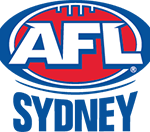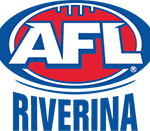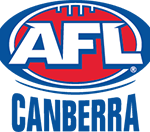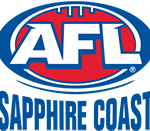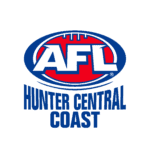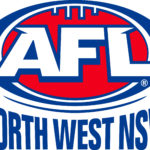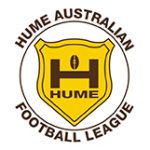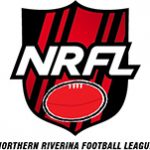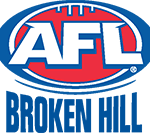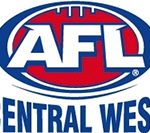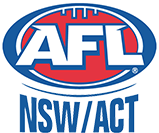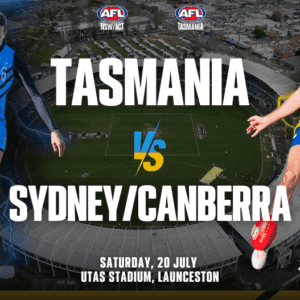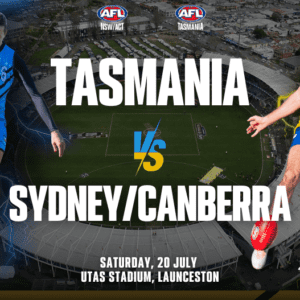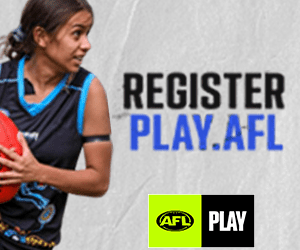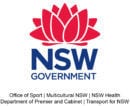Recognition and celebration

Identity is an important aspect of Indigenous culture and resonates strongly with Indigenous players.
The theme for 2013 – Identity – was inspired by Nicky Winmar’s iconic gesture at Victoria Park in 1993 when, at the conclusion of St Kilda’s match against Collingwood, he raised his jumper and pointed at his skin and declared: “I’m black – and I’m proud to be black!”
The 2013 Indigenous Round will celebrate this moment and remind football fans of its significance in the history of our game, and the identity it gives each and every Indigenous player in the AFL.
Despite coming from various origins, Indigenous players in the AFL are brought together by Australia’s game. Fans and players from all backgrounds should work together to make AFL an inclusive and tolerant environment for everyone.
Sydney Swans star and AFL Ambassador Adam Goodes says this year’s resonates with his own experiences, and should be appreciate by people of all races.
“The instant reaction is that it reminds me of the times I’ve had to stand up for myself when I’ve been racially abused on the football field, at school, by my own relatives,” Goodes said.
“It’s a very powerful thing that Nicky Winmar did and it made it a lot easier for people to stand up for who they are.
“The key message is that no matter if you are black, white, Asian, you should be proud of who you are. If people want to discriminate against you then you stand up proud and tall like Nicky Winmar does in that photo and say, ‘You know what? I’m proud to be black, I’m proud to be who I am..’”
In Australia there are more than 300 different nations (individual Indigenous groups) who speak over 500 languages. In 2013, there are 79 Indigenous players – which represents 10.25 per cent of all AFL players.
GWS GIANTS player Curtly Hampton says that this year’s Indigenous Round theme of Identity acknowledges the diversity of this culture.
“Identity for Indigenous people is just knowing where you come from and your people and representing them through your sport, Indigenous Round is pretty important to all Indigenous people but all of us are different – we come from different places and different language groups,” Hampton said.
AFL NSW/ACT Indigenous Programs Manager Katriina Heikkanen says the significance of this round should be noted by everyone in the football community.
“Each year on all levels of football the Australian Football community recognises the Indigenous community and the past and present players that have made great contributions to our game,” she said.
“This round acknowledges Nicky Winmar and the famous photo of him lifting his shirt and pointing to the colour of his skin – this was a significant moment not only in AFL history but in Aboriginal history.”
Highlights of Indigenous Round include:
All Indigenous Round matches will feature the Indigenous Round Sherrin. Designed by artist Marcus Lee, the art on the Sherrin symbolises the celebration of all Aboriginal and Torres Strait Islander players who have successfully elevated their talent to AFL level. The circular rings and dots cluster showcases the continuous cycle of prominent and emerging players – now regarded as modern day warriors.
Synthetic replicas of the Indigenous Round Sherrin are available at selected Rebel Sport and Target stores nationally and Sherrin will donate 10 per cent of sales to support the employment of Indigenous trainees via AFL SportsReady.
All nine Indigenous Round matches will feature a Welcome to Country ceremony; a symbolic ceremony where the traditional custodians of the land welcome members of the wider community.
For the third year in a row, the centre circle at all AFL matches will be painted in the red, black and yellow colours of the Aboriginal flag.
A number of clubs have Indigenous Round themed jumpers which will be worn by players during their Round Nine clash.
NAB AFL Auskick matches at half time of all AFL matches during Indigenous Round will involve mainly Indigenous or Torres Strait Islander players.
The AFL and Rio Tinto will conduct the Footy Means Business camp in Melbourne this week. Now in its third year, the Footy Means Business program provides 18 to 24-year-old Indigenous men with exposure to elite AFL programs and training, along with networking opportunities in corporate environments to strengthen employment and leadership skills.
Curtain-raisers: Rio Tinto Cup played between Footy Means Business participants will play prior to the Dreamtime at the G match. The match commences at 4pm Saturday May 25. The match will be broadcast by Southern Cross Television in Darwin and Central Australia. Radio coverage will be provided across the country by the National Indigenous Radio Service.
The Aboriginal Power Cup Boys and Girls grand final will be held from 11.25am at AAMI Stadium on Saturday 25 May as a curtain-raiser to the Port Adelaide v Geelong game
There will be a pre-game ceremony to mark Indigenous Round at the Brisbane Lions v Carlton game at the Gabba, involving dancers from the Murri School and singers from the Aboriginal Centre for Performing Arts.
The ninth annual Dreamtime at the G match on Saturday night between Richmond and Essendon. Pre-match entertainment features a performance from Street Warriors, Archie Roach, Neil Murray and Christine Anu.
At half time of the Dreamtime clash Archie Roach will perform for the first time ‘The Colour of Your Jumper’, a song he wrote for Nicky Winmar.
The Long Walk celebration will kick off at 2pm, Saturday May 25 at Federation Square. The Long Walk will depart Birrarung Marr at approximately 6.30pm and continue through, over the William Barrack Bridge to the MCG.
For the first time Sydney will host the Long Walk from Homebush Stadium, through Catherine Freeman Park followed by a lap of SKODA stadium before GWS Giants take on the West Coast Eagles.
There will also be a Long Walk into TIO Stadium prior to the Western Bulldogs v Port Adelaide match in Darwin, on Saturday June 1.
